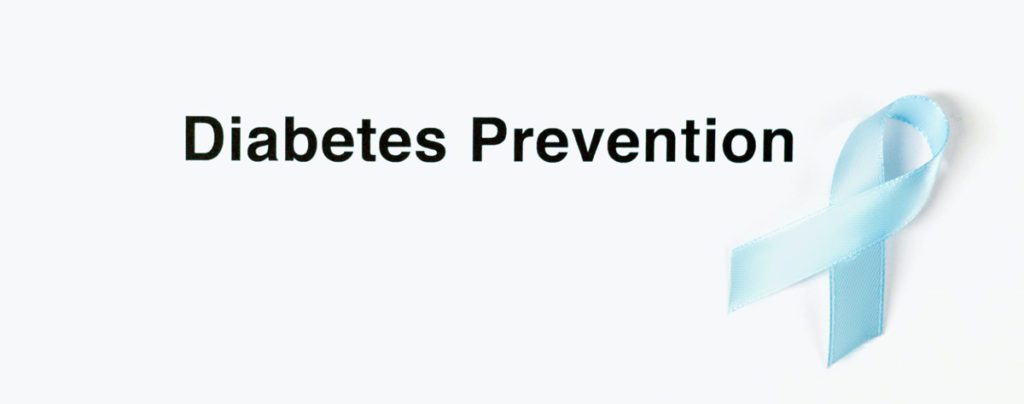Coralie Cross MNurs: NP (Diabetes: Rural,Remote & Indigenous Health)
Credentialled Diabetes Educator, RN York & Northern Local Health Network
and … the District 201C1 DIABETES AWARENESS/PREVENTION Officer
Diabetes Mellitus is a condition where the body is unable to effectively use glucose due to a lack of the hormone insulin and/or an inability to use insulin effectively. Insulin is a hormone produced in the pancreas by the Beta cells.
Glucose is the sugar our body uses for fuel and is digested from carbohydrate containing foods.
Insulin is necessary for the body to burn glucose. Glucose is the bodies fuel, so without the ability to burn glucose, the body cannot sustain life. Therefore diabetes affects all parts of the human body.
The aim of treating and managing diabetes is to live well, slow progression and prevent potential complications. There are several different types of diabetes; the three most known are Type 1, Type 2 and Gestational.
Type 1 diabetes is an autoimmune condition. This means the body’s own immune cells have for still unknown reason turned on the Beta cells in the pancreas and destroyed them.
People with Type 1 diabetes are unable to produce any of their own insulin and must inject insulin in order to live. While mostly associated with younger people, Type 1 diabetes can occur at any age.
Gestational diabetes occurs during pregnancy and is due to the action of certain placental hormones that block the action of insulin. It is sometimes managed using lifestyle strategies, but often requires medication or insulin injections. Gestational diabetes usually resolves once the baby is born. It does raise the risk factors for Mum and baby to get Type 2 diabetes later in life.
Type 2 diabetes is the most common form of diabetes in Australia. More than 1.2 million Australians are currently living with Type 2 diabetes.
Type 2 diabetes is a complex disorder in which multiple functions related to producing or using insulin are not working properly. It is not a ‘mild’ form of diabetes. All forms of diabetes are serious, and all forms of diabetes can have serious consequences.
While it is possible with early diagnosis and intensive management to achieve remission, Type 2 diabetes will not ‘go away’. It is still sitting in the background and will re-emerge if the intensive strategies lapse.
It is important to remember Type 2 diabetes is progressive in nature and will deteriorate over time, Type 2 diabetes is managed by a combination of lifestyle strategies, medication/s and insulin.
Risk factors for Type 2 diabetes include family history, ethnicity, age, previous gestational diabetes, high blood pressure, high cholesterol levels and lifestyle factors such as smoking, poor sleep, sleep apnoea, stress, alcohol intake, food choices/portions and limited physical activity.
When we look at the risk factors, we divide them into modifiable and non-modifiable risk factors.
We can not change your family history, ethnicity or medical history and the alternative to getting older is not very pleasant.
These are risks we cannot change.
But we can manage high blood pressure and high cholesterol with medication, and we can do something about our lifestyle choices including smoking, healthy sleep habits, reducing stress, healthier food choices, smaller portion sizes and increasing our physical activity levels.
Over the coming months we will look at healthy lifestyle strategies to support wellness not just for those living with diabetes, but for everyone.
References
Diabetes Australia
Australian Institute of Health & Welfare (AHIW)
National Diabetes Services Scheme (NDSS) ‘Diabetes facts and figures’ December 2021National Diabetes Services Scheme (NDSS) ‘Australian Diabetes Map’ 2021

